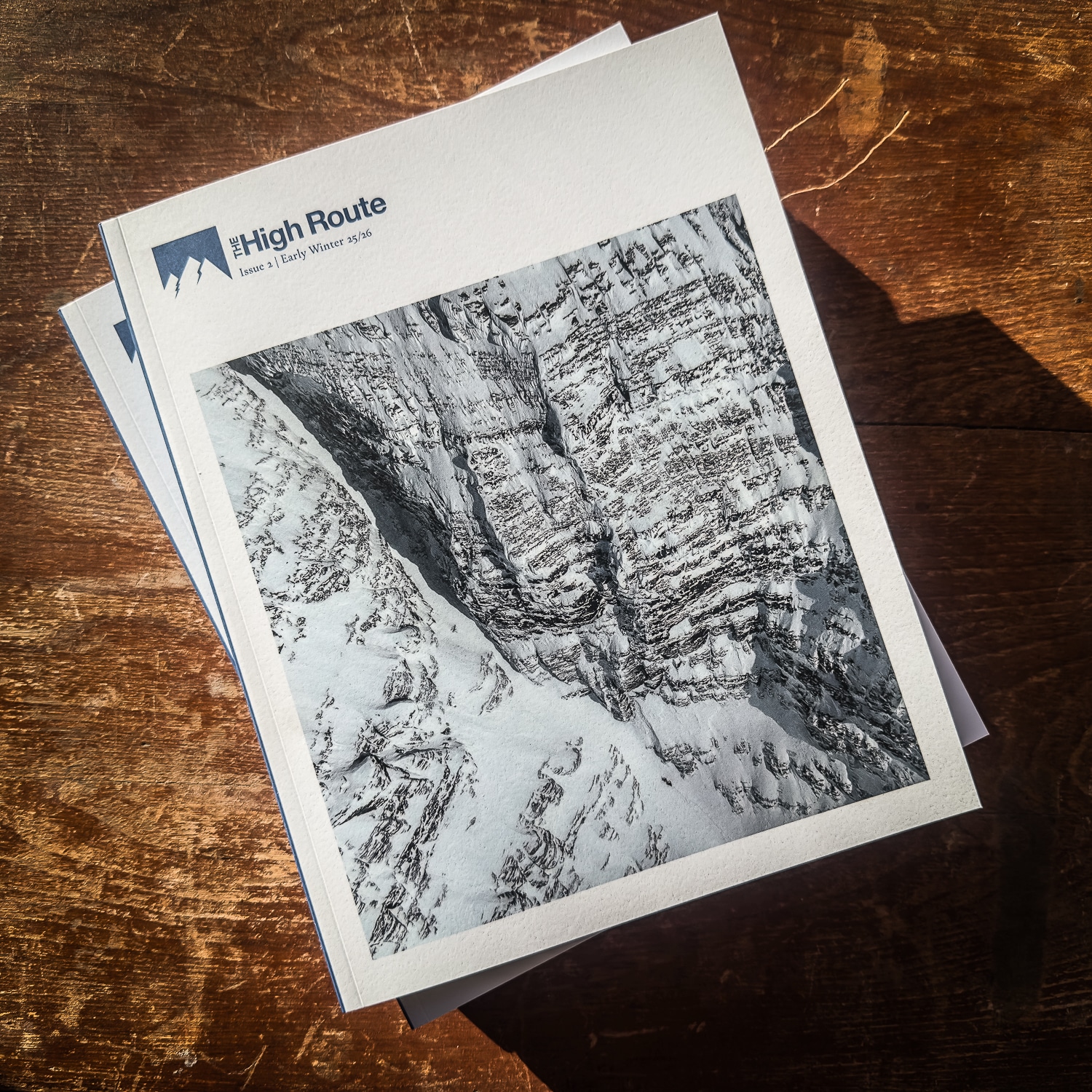First aid kit contents are one of the more varied/contested items among ski touring partners and communities. From the legendary French guide’s first aid kit: two cigarettes and a cell phone, to a seasoned guide/search and rescue member who has seen too much and prepares as such, there is a huge variety of kits that folks are carrying.
In this series, we will explore both extremes and more middle-of-the-road kits that various folks carry during their day-to-day skiing. The goal here isn’t to provide a definitive kit for a reader to copy for themselves but rather to give context and a framework for building a first aid kit that matches your location, risk tolerance, medical training, and personal needs.






Leave a Reply
You must be logged in to post a comment.